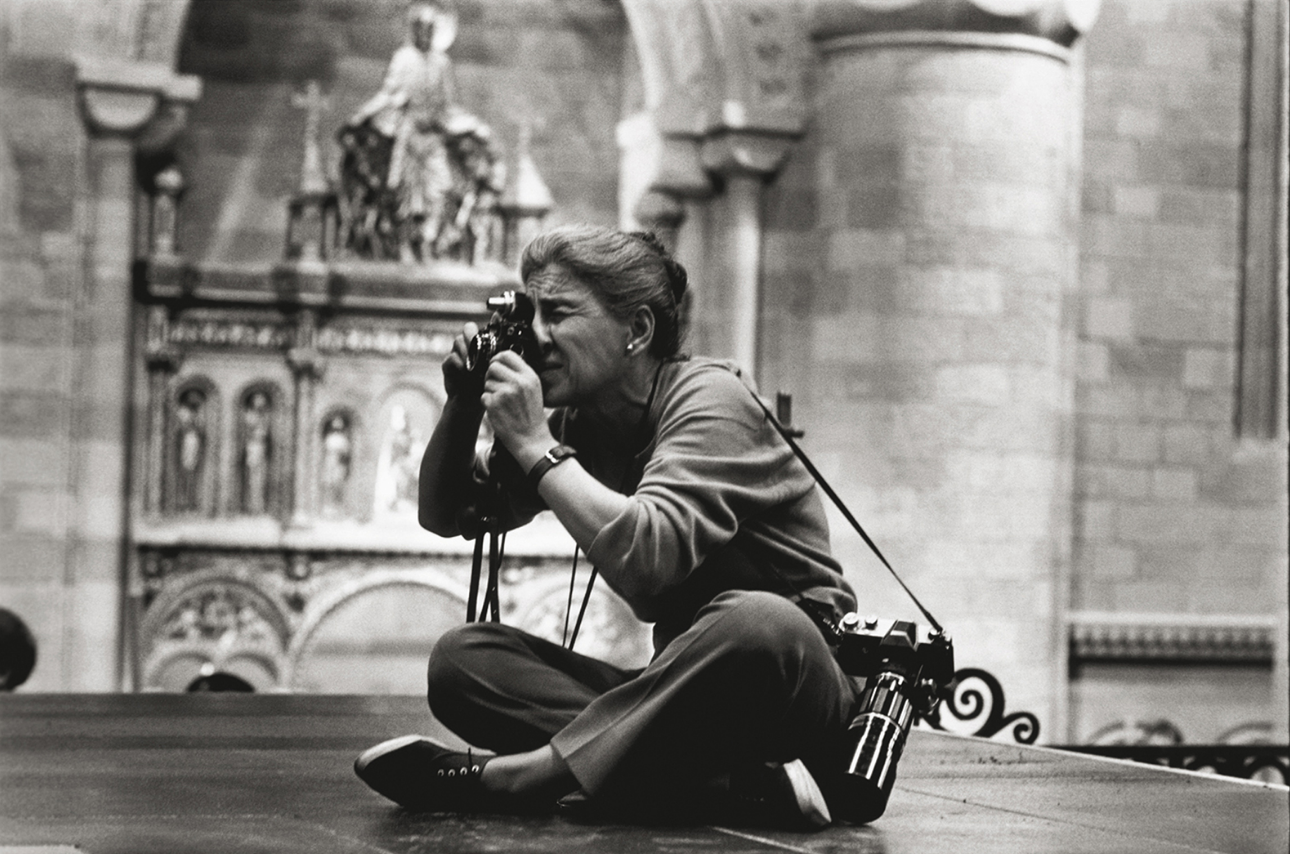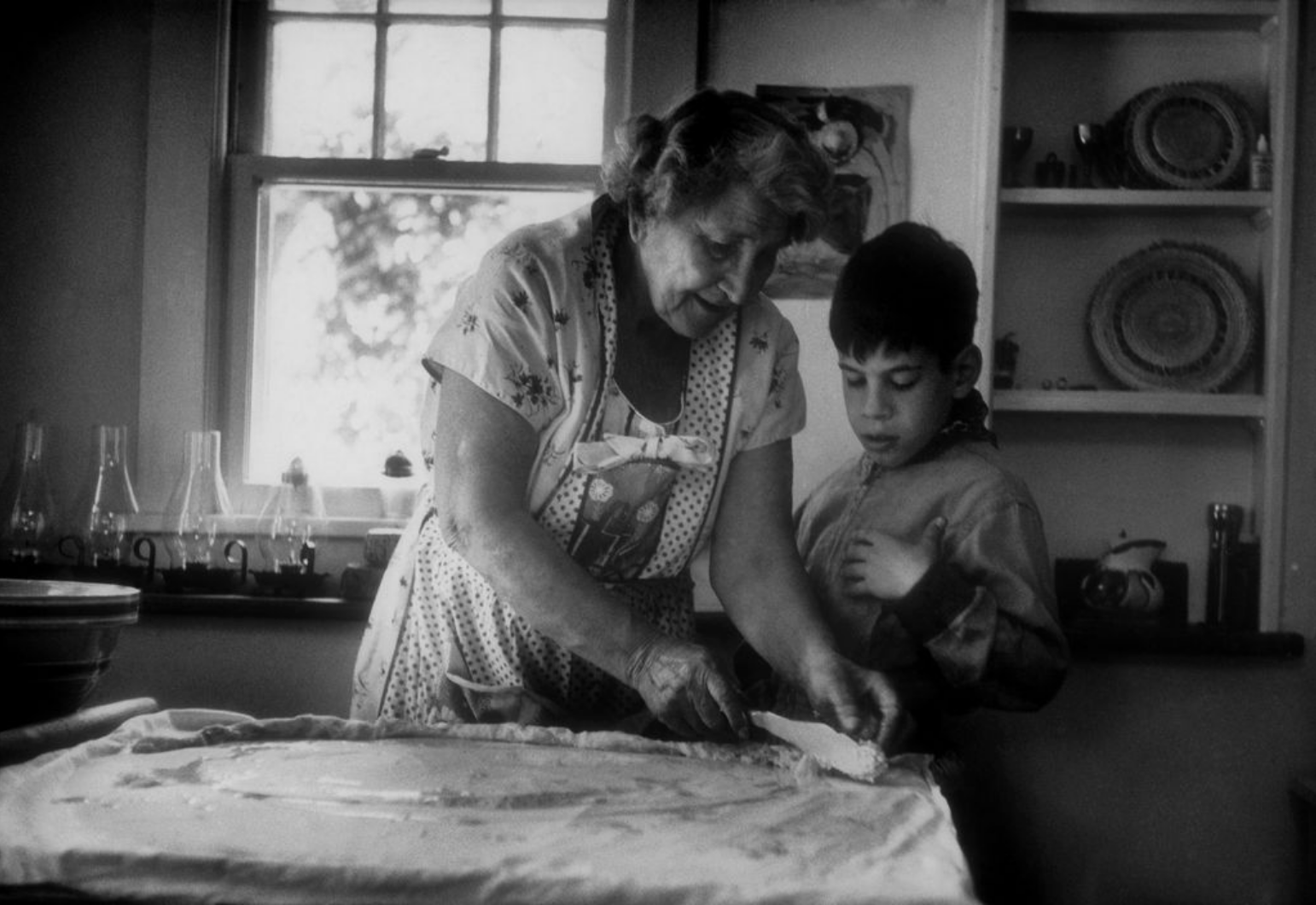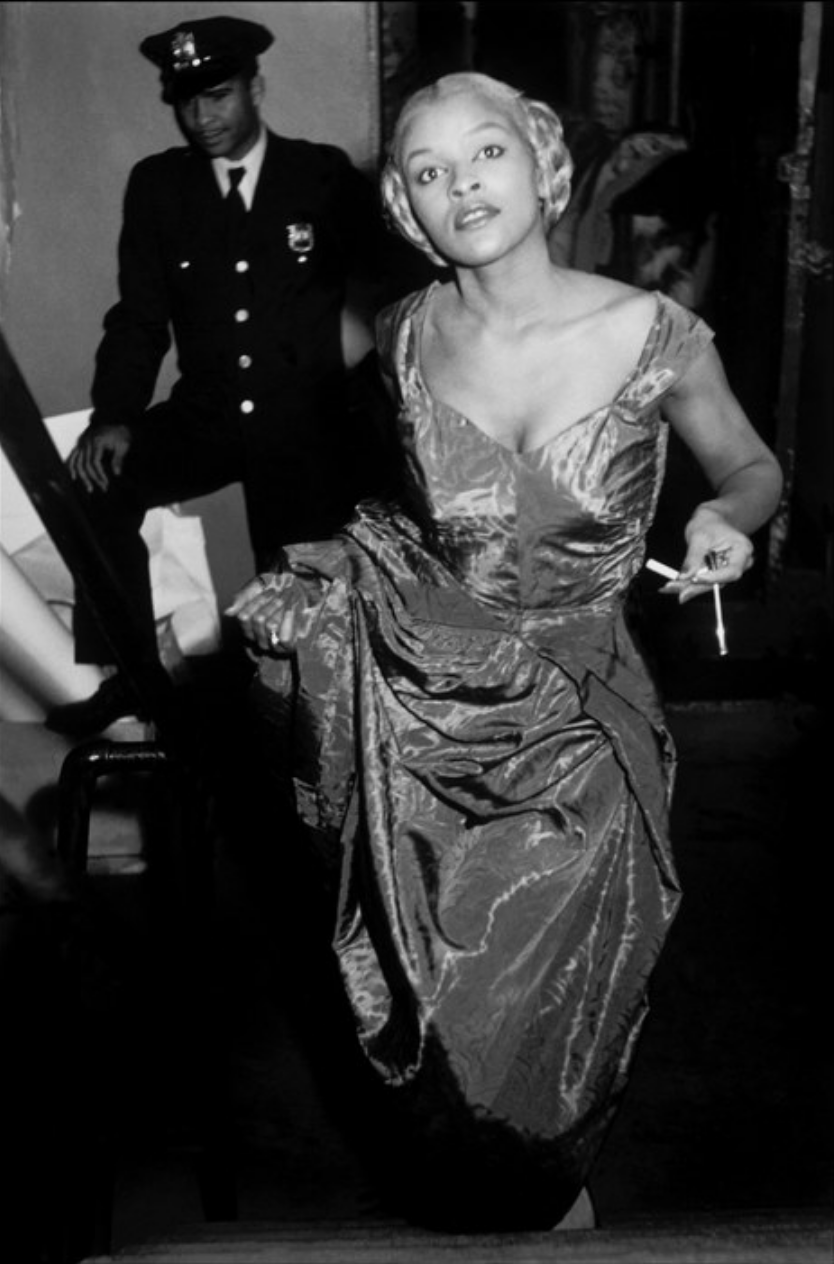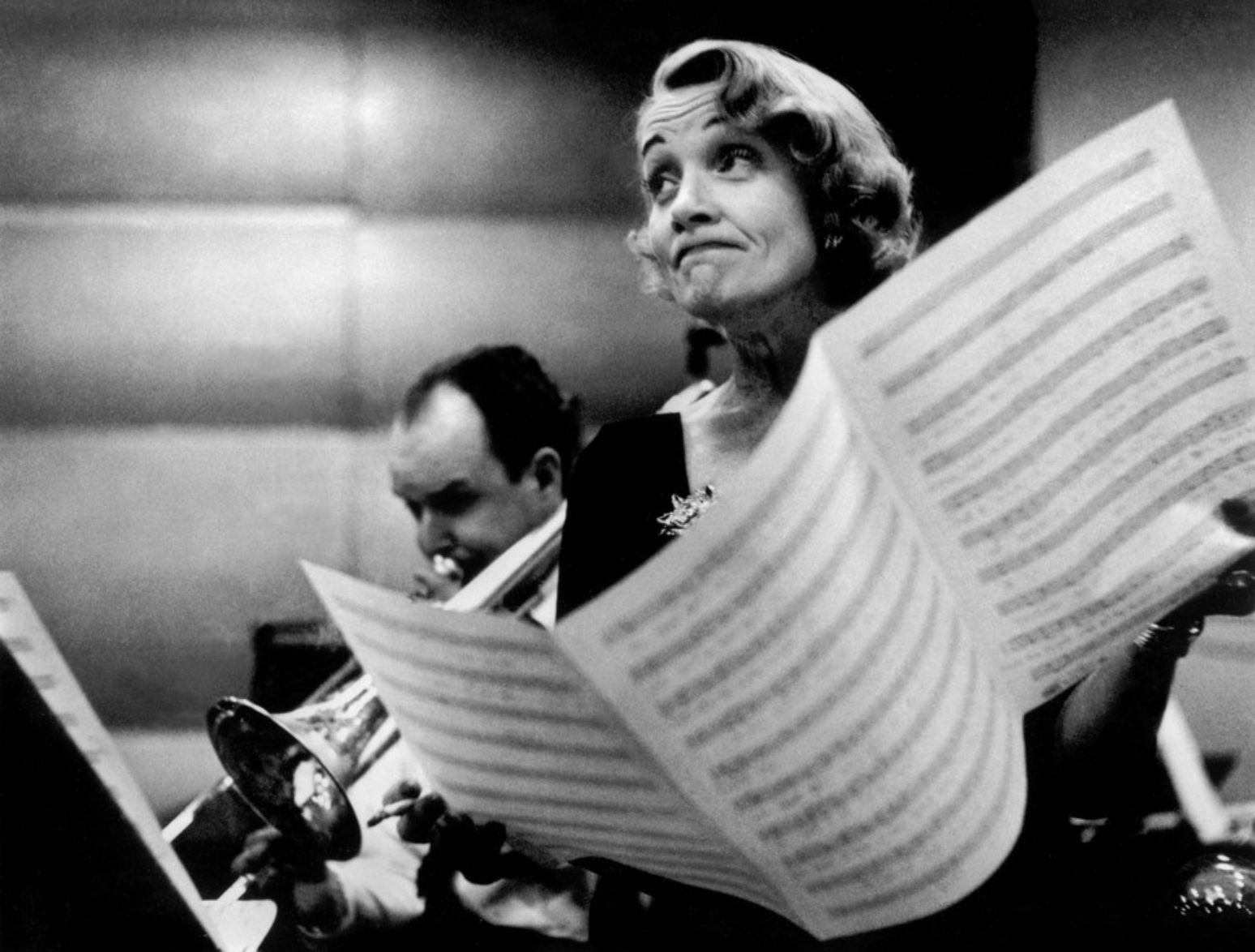About Eve
Eve Arnold on the set of Becket. Photo: Robert Penn. 1963 © Eve Arnold/Magnum Photos
This website is a tribute to Eve’s life and work. It was created by her family.
Article by Michael Arnold, Eve’s Grandson:
At age 12 I moved to London where I got to know my grandmother, Eve. She was no ordinary “granny”. If I called her “granny” I think she might have had a heart attack!
Eve became a very close friend to me. Someone I could confide in. We’d sit around her kitchen table talking for hours. I could tell her about girlfriends, what I wanted to be when I grew up, arguments with my parents. She would listen without any judgement, occasionally sharing some stories or wisdom. I felt I could be myself with her.
“Jack, Natalie, Eve, William, whichever one you are, stop it!”
This was Eve’s mother Bessie. Eve recounted this when I asked her what it was like growing up one of 9 children.
Eve was born in Philadelphia 1912. Her parents were Russian Jewish immigrants who fled to America to escape persecution.
Every Christmas when I was growing up, Eve would bring caviar and blini. It was an old Russian tradition and I can see now that Eve never got to eat like this when she was a kid. Her parents were poor so to see her family eating caviar at Christmas was something she never thought she’d experience.
Eve told me that her mother had never really acknowledged her achievements. “Meh” was the best Eve got from Bessie when she saw Eve’s photos in magazines. Bessie grew up with the notion that a woman’s role was to be a good housewife. Bessie was renowned for being an amazing cook. I guess she must have felt she had failed in some way by raising a daughter who instead wanted to explore the world and document its diversity.
“I have been poor and I wanted to document poverty; I had lost a child and I was obsessed with birth; I was interested in politics and I wanted to know how it affected our lives; I am a woman and I wanted to know about women.”
- Eve Arnold (1976). “The Unretouched Woman”, Random House (NY)
I loved hearing the story of how Eve got her first big break as a photographer when I was growing up. To me it was like magic that someone could even achieve this:
Eve attended a photography masterclass in New York in 1950 by photographer Alexi Brodovitch. She told me how her first pictures were ridiculed by the class because they were so bad. But I think this only gave her the determination to show what she was capable of. For her next assignment she went to Harlem and photographed the fashion shows which took place every Sunday in the black churches. Brodovitch loved the pictures and told Eve to go back and make a comprehensive study. Eve recounted how in the 1950s fashion photography was very formulaic and studio lit and there was a distinct lack of black faces. The images Eve took at these Harlem fashion shows are still some of her most iconic and intimate portraits. She sent them off to Picture Post magazine and was delighted when they decided to publish them.
Henri Cartier-Bresson and Robert Capa, who had recently formed Magnum Photos saw the pictures in Picture Post and invited Eve to join the photographic agency.
And the rest, as they say, is history. Eve made it seem so effortless. Except what she didn’t often talk about was the hours of research and practice she put in. The shelves of her flat in London were lined with rows of books by master photographers. She studied the greats such as Cartier-Bresson and André Kertész and she knew what she was looking for. I remember Eve sitting me down with Cartier-Bresson’s book “The Decisive Moment” and urging me to study it deeply if I ever wanted to take great photographs.
"It's the hardest thing in the world to take the mundane and try to show how special it is." - Eve Arnold
Another story that really struck me was the one she told about being asked to photograph Marilyn Monroe.
In 1952, Eve photographed Marlene Dietrich in the recording studio, recording the hits that had made her famous during the war. A few years later at a party in Hollywood, Eve was introduced to Marilyn Monroe, who was just starting out in her career. Monroe had seen Eve’s pictures of Dietrich and said to her “If you could do that with her, just imagine what you could do with me.” Eve became friends with Monroe and photographed her several times over a ten year period.
On the surface this looks like another amazing stroke of luck. And I think Eve’s modesty made her tell the story in a way that played down her ability to gain people’s trust. Yes there was a certain amount of luck in the meeting but if hadn’t been for Eve’s genuine care for her subject her relationship with Monroe would have been short lived.
Perhaps Eve’s most famous quote conveys this “secret”:
“If a photographer cares about the people before the lens and is compassionate, much is given. It is the photographer, not the camera, that is the instrument.”
When I turned up late to her flat one day Eve decided to give me guidance on punctuality. But it felt like a friend giving some loving advice.
“Michael, when someone expects you to be on time it’s very respectful to honour that. You’ll go a long way in life if you learn this simple lesson.”
I was never late for her again. And indeed my propensity for lateness was almost entirely cured by those well placed, caring words.
I worked with Eve on and off for several years in her home office, helping her with whatever projects she was working on. As well as getting to know her better I learned about her travels and adventures. I learned about her work at the Sunday Times Magazine in the heyday of photojournalism. Getting to choose her subjects and the counties that fascinated her. I watched in wonder as she projected images on the wall of her flat in Central London:
- Mongolian people untouched by the west
- A divorce court in Russia
- Middle Eastern women in a Harem
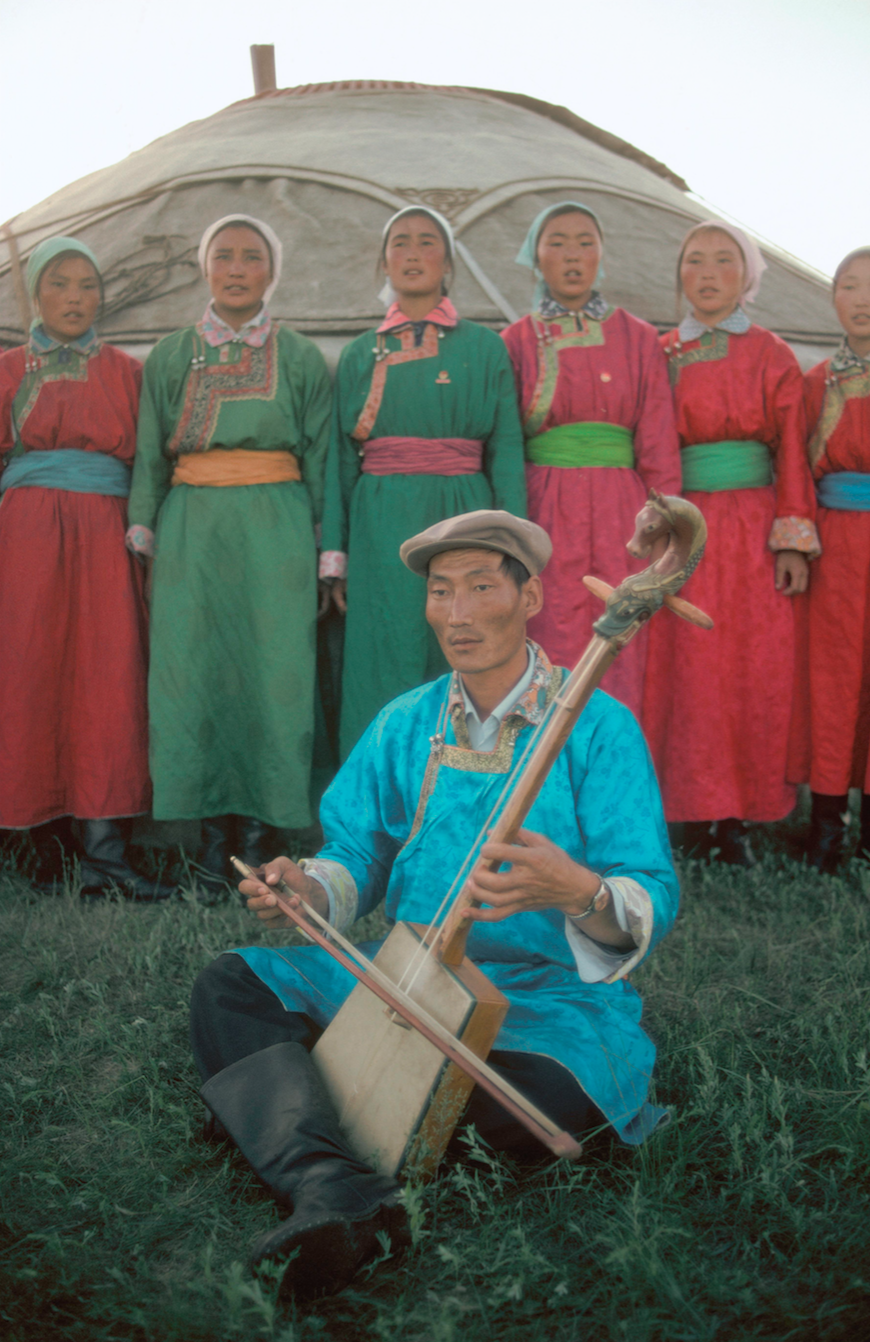


Most of all it was Eve’s attitude that had a profound effect on me. She had an amazing work ethic and powerful will to make things happen. My dad always said she had “chutzpah”, yet she did it with grace and compassion. When you were with her she listened intently and gave you the space to express yourself. Her success wasn’t due to “pushing” to get her own way. She was no pushover that’s for sure, but her strength came from her genuine care for her subject and her insatiable curiosity.
Eve always shied away from labels such a “female photographer”. She was a photographer. You wouldn’t call Robert Capa a “male photographer”. But it is undeniable that in an era where women were not commonly expected to have a career, (never mind documenting the world we live in) Eve stood out. If she has been a role model for women who came after her then I know she would have been delighted.
Many of Eve’s images carry as much relevance today as when she shot them. Social media has shortened our attention span and given us shallow portrayal of the people around us. Fake news and click bait is killing investigative journalism. Eve’s generation of photojournalists with insatiable curiosity of get to the story behind the headlines and the person behind the persona is needed more than ever.
What’s more, the issues she photographed - racial equality, religion, sexuality, human rights, abuse of power, fame and personality couldn’t me more relevant to today’s world. By understanding our past, current events can be seen clearly in context.
My family and I have created this website, with the aim of keeping Eve’s work and legacy alive for future generations. We’ll be writing about our memories of her and sharing her stories behind the images. If you’d like to receive these as we write them please sign up to the newsletter below.”
We’d also love to hear your stories of how Eve has work has touched your life in whatever way. It’s always heart warming to hear stories of people who’ve been inspired by her work. You can post them on Eve’s Facebook page.
Behind the stories
Eve’s personal stories behind her most memorable images
Get them delivered to your inbox as they become available
We Value your privacy. We never share your contact details with anyone.
Over the coming weeks and months you’ll receive Eve’s iconic images in your inbox. You’ll also hear Eve’s own accounts of how she captured these images.
BBC Documentary about Eve
Eve’s photographic Education
1948 The New School for Social Research, New York, USA
Eve’s Awards
2003 Order of the British Empire, UK
1997 Member, Advisory Committee of the National Museum of Photography, Film &
Television, Bradford, UK
1997 Honorary Degree of Doctor of Humanities, the American International University
in London, UK
1997 Honorary Degree of Doctor of Letters, Staffordshire University, Stoke on Trent, UK
1997 Honorary Degree of Doctor of Science, University of St. Andrews, UK
1996 Kraszna-Krausz Book Award (for In Retrospect)
1995 Fellow of the Royal Photographic Society, UK
1995 Master Photographer, International Center of Photography, New York, USA
1980 National Book Award (for In China)
1980 Lifetime Achievement Award, the American Society of Magazine Photographers, USA
Eve’s Exhibitions
2005 Marilyn Monroe by Eve Arnold, Halcyon Gallery, London, UK
1996 Women to Women (in conjunction with Inge Morath), Japan Professional
Photographic Society, Tokyo, Japan
1996 In Retrospect (16 venues) – Barbican, London, UK; Australia, Spain, Italy, USA
1980 In China – Brooklyn Museum, New York, USA
Eve’s Books
2009 Eve’s Arnold’s People, Thames & Hudson, UK
2005 Marilyn Monroe by Eve Arnold, Washington Green/Halcyon, UK; Harry A. Abrams, USA
2004 Eve Arnold Hand Book, Bloomsbury, USA
2002 Eve Arnold: Film Journal, Bloomsbury, USA
2001 Ciné-Roman, Cahiers du Cinéma, France
1996 Keepsakes: The Photography of Eve Arnold in Retrospect, Harry Ransom Humanities Research Center, Austin, Texas
1995 In Retrospect, Alfred A. Knopf, USA; Christopher Sinclair Stevenson, UK
1991 The Great British, Alfred A. Knopf, USA; (Eve Arnold), Christopher Sinclair Stevenson, UK
1989 All in a Day’s Work, Bantam Books, USA; Hamish Hamilton, UK
1988 Private View: Inside Baryshnikov’s American Ballet Theatre, Bantam Books, USA
1987 Marilyn Monroe: An Appreciation, Alfred A. Knopf, USA
1983 In America, Alfred A. Knopf, USA; Secker & Warburg, UK
1980 In China, Alfred A. Knopf, USA; Hutchinson, UK
1978 Flashback! The 50s, Alfred A. Knopf, USA
1976 The Unretouched Woman, Alfred A. Knopf, USA; Jonathon Cape, UK
